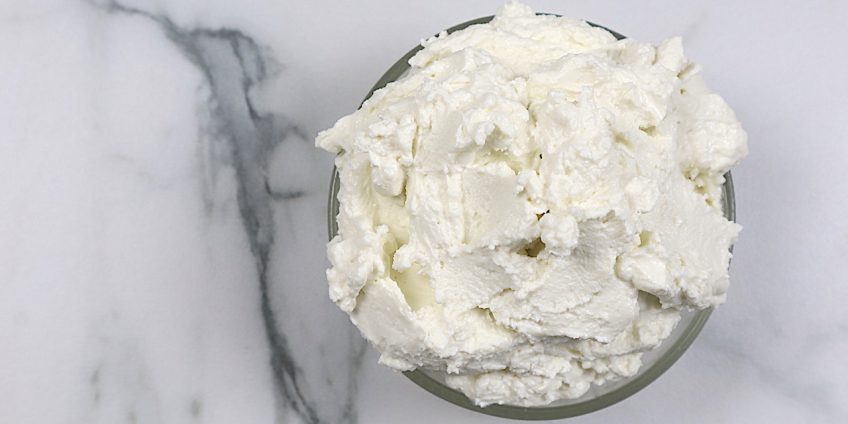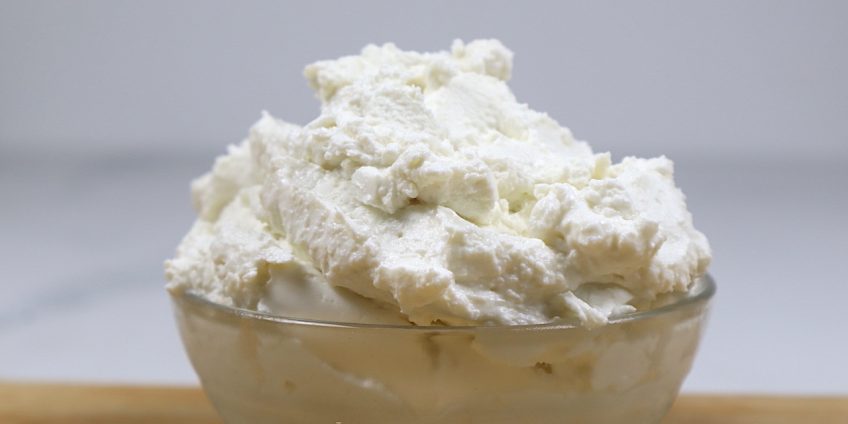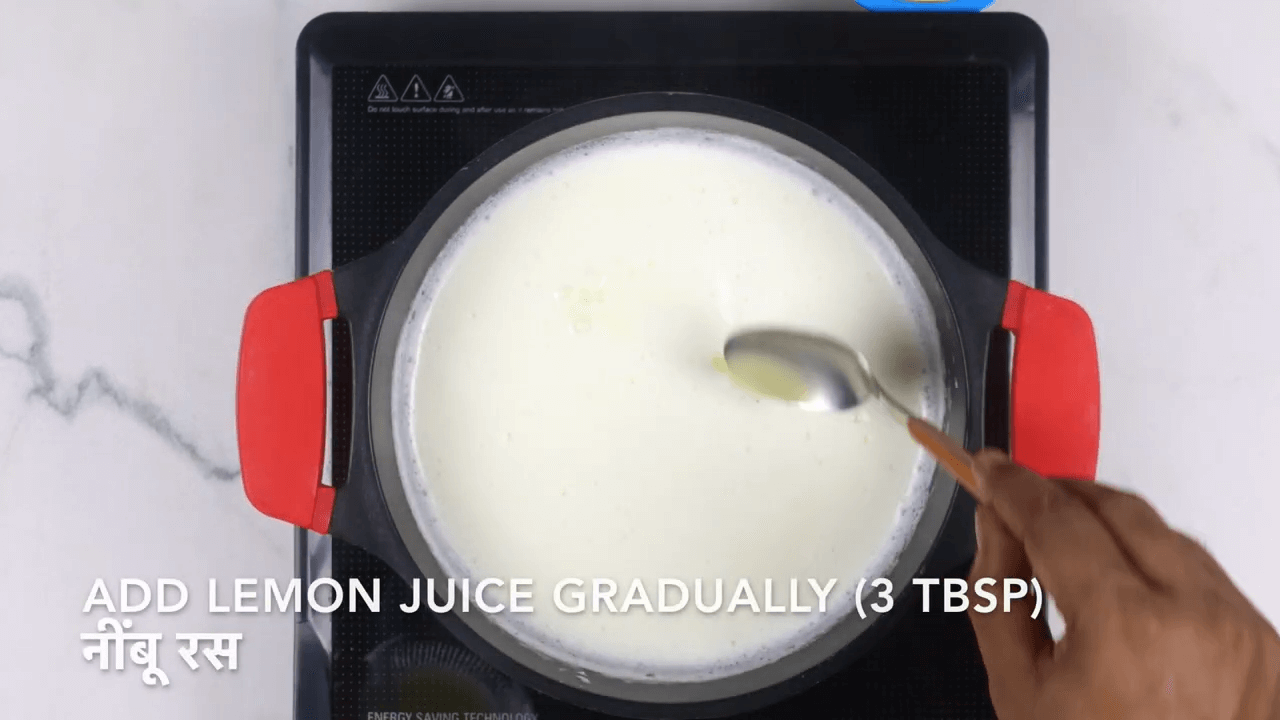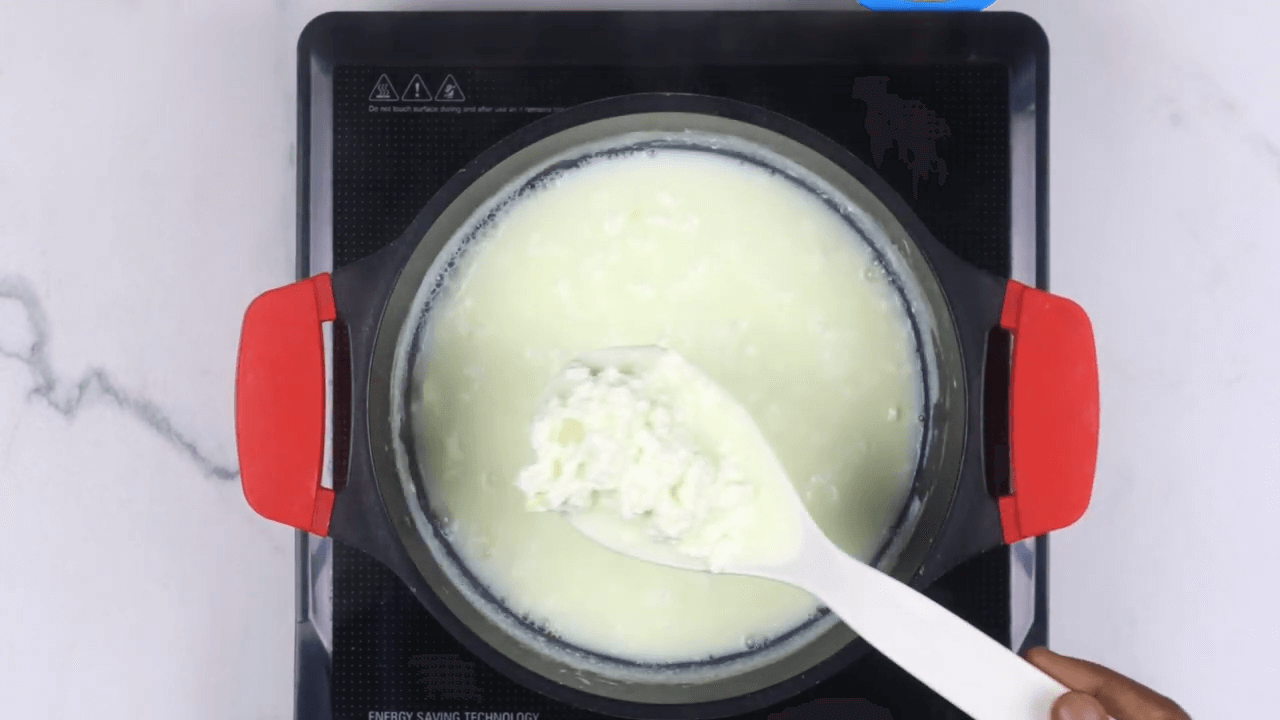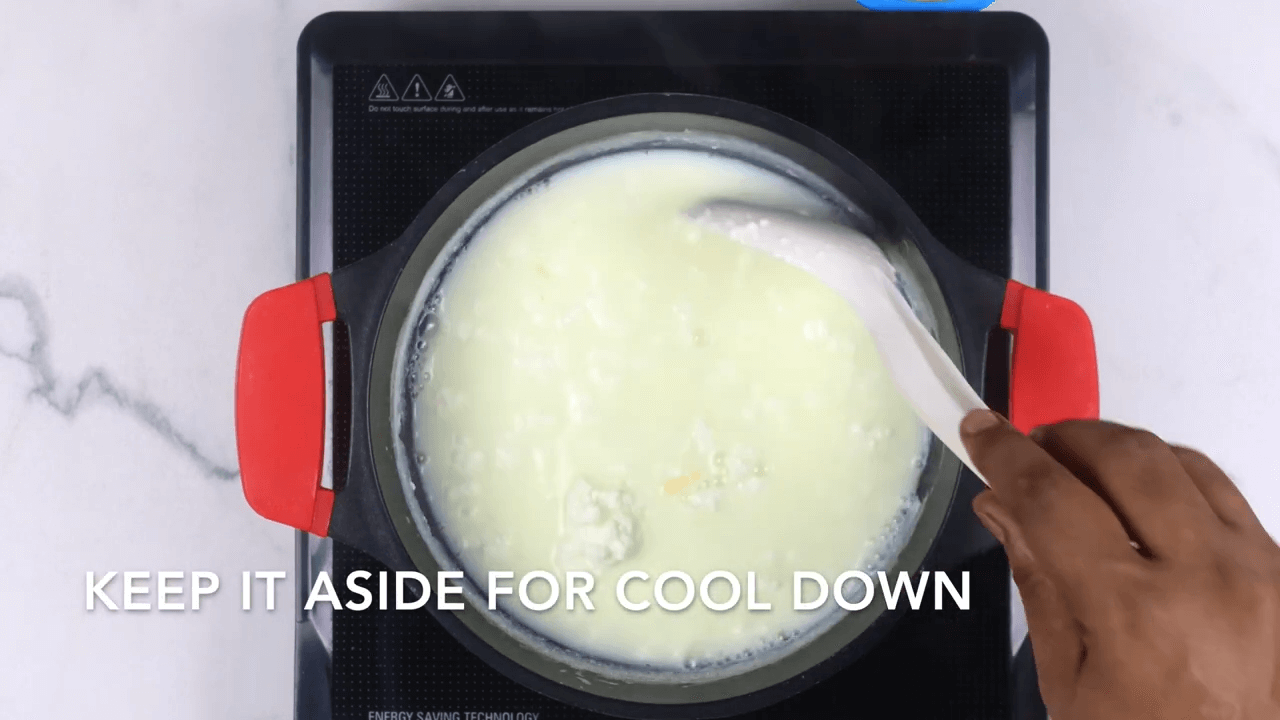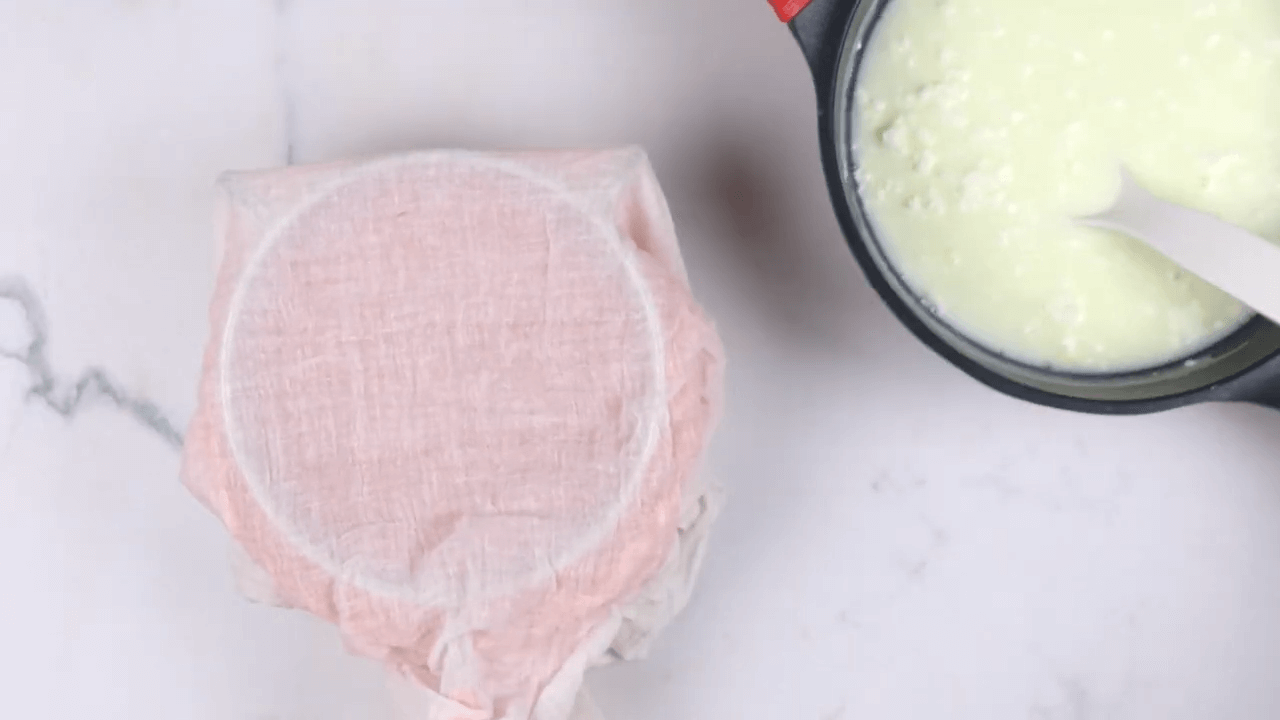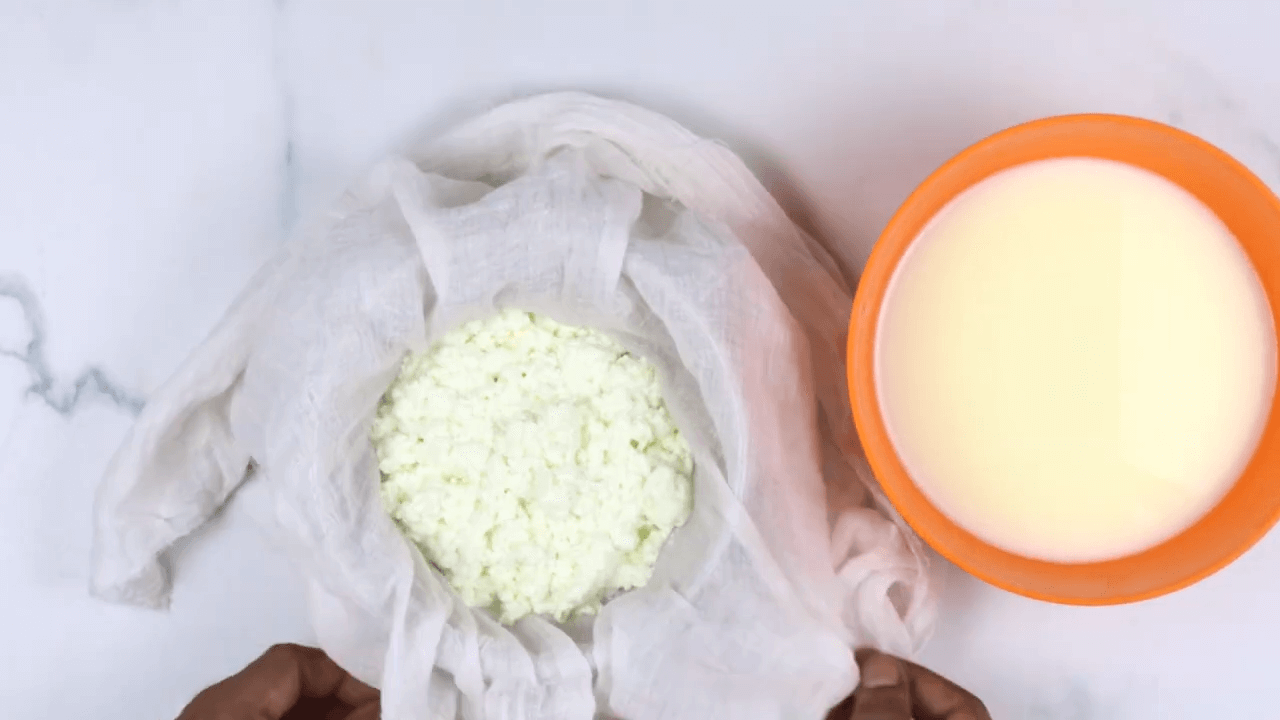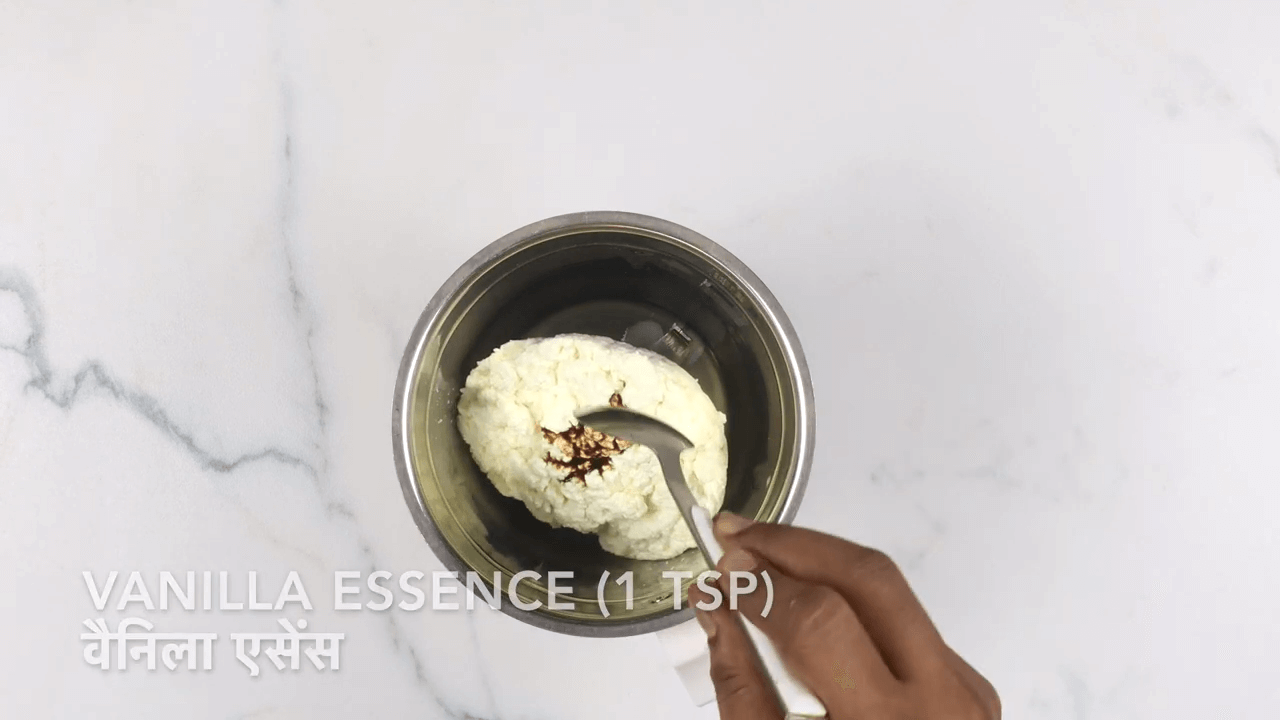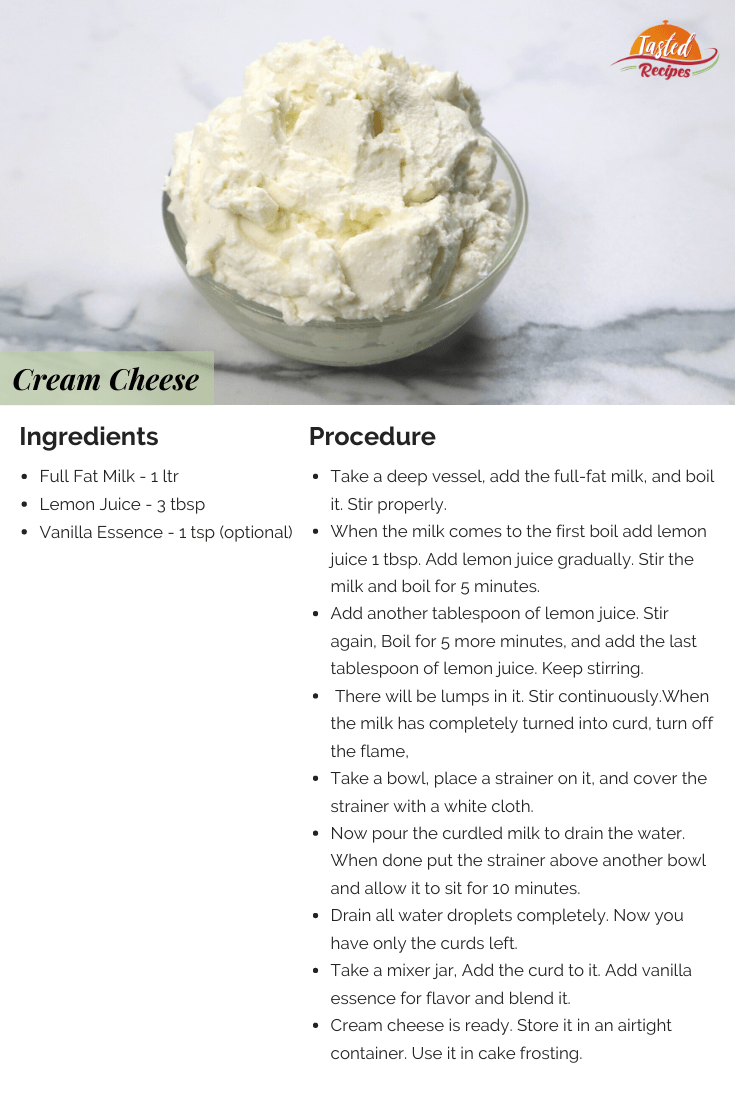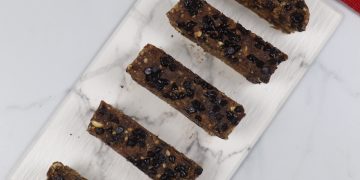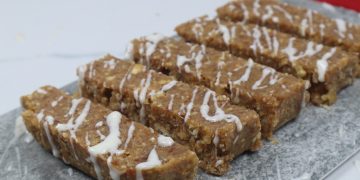Cream Cheese is a heavily used ingredient in the baking industry. For instance, professional bakers make buttercream frosting with cream cheese.
When you whisk it with cold butter, you get a highly stable cake frosting. Not only for cake frosting, but it is also perfect for piping consistency. Piping means decorating cakes using nozzles & plastic bags.
Refer to Wilton’s blog on piping tips to get you started. I recommend you to read it once. Okay, now back to the topic. Since we are discussing cream cheese, let’s address the pain points. Here you go.
Is Cream Cheese Available in my area?
If you ask me the answer is NO. It isn’t available where I live. I guess the same is with you. The reason behind unavailability could be insufficient culinary usage in that particular area or region.
On the other hand, even if you somehow get it the texture won’t be consistent. In short, the cream will differ from country to country.
To put it differently, this item is not a mainstream ingredient the way other items are. While introducing recipe ingredients I often write “easily available at the grocery store” or “already in your kitchen closet”.
The reason behind writing this is I use items that are frequently available no matter where you live. Further, it would be best if you didn’t guess what items I use or what’s the substitute for the same. It’s my job to make sure you get the same output as mine.
Okay now, what shall we do if the cream cheese is not available? We make our own at home. Plain and simple. Let’s get started with the items we need.
However, you can always get it online though. The best is by Kraft. Check it out here.
What We Are Using For Cream Cheese?
The item list is short. It’s just milk & lemon juice that we need. Although the list is short yet the process is a bit lengthy. It’s like pulling out one dairy product from the other similar to unsalted white butter. We made white butter out of milk cream aka malai. Let’s see what we have here.
Milk (Full Fat)
Cream cheese contains high fat. That’s the number 1 reason why we need full-fat milk. By full-fat milk, I mean buffalo milk or say dairy milk, not cow milk. Next, refer to the unsalted white butter recipe. There you will find a detailed comparison between high fat & low-fat milk. Here we need 1 litre of full-fat milk.
Lemon Juice
To extract cream out of milk, we need an acidic ingredient. For example, lemon juice. It will react with the hot milk & start curdling it. There’s one more substitute for lemon juice, white vinegar.
Vanilla Essence
The vanilla essence is totally optional. You can skip or add depending on your personal taste. On the contrary, you can even substitute vanilla with rose water.
Remember, use colourless essence; otherwise, it will adapt the essence colour. The item list ends here & now we will move towards making it. Here you go.
What Else We Can Substitute Them With?
The items list is customisable. This is because different people make this recipe differently. However, the process remains more or less the same.
Instead of just milk, there are recipes that include the usage of both milk and heavy cream. People also use yoghurt along with these ingredients. Or make this out of yoghurt only.
Moreover, they use vinegar instead of lemon juice to curdle the milk, adding some salt for some savouriness. In fact, in some of the recipes, I’ve even seen use of paneer blended into puree for making this cream cheese. Hence, you can try out these options.
Making Cream Cheese at Home
This item falls under the basics of cooking. Just like you make butter, panner, milk khoya aka mawa, etc. The process is lengthy but doable. Follow the instructions on this page & you will get the final output. Let’s begin.
Boiling Milk
We can’t get cream cheese out of chilled milk. Hence, boil milk in a non-stick vessel & keep stirring or else it will burn at the bottom. Boil till the milk rises a couple of times.
Curdle the Milk
Add lemon juice gradually to the boiling milk. Stir continuously to prevent burning. You will see lumps in the milk. The milk is crudling. Keep the flames medium to high & stir continuously. When done, keep it aside & allow it to cool down.
Drain water
Use a separate bowl, a strainer and muslin cloth. Pour the curdled milk & drain water out of it. You can tie the muslin cloth & hang it for a couple of hours. Doing this will make your cream totally dry.
Blend till Smooth
Add the cream to a mixer jar & blend till it is smooth. Just a couple of minutes & it will be ready. Since there’s no water in there, the texture won’t be runny (liquid consistency).
If you want to pour consistency like cheese spread then add water. Use the same drained out the water. Monitor the water measurement because too much water will destroy it. Thus, add gradually.
Flavouring the Cream Cheese
I have added vanilla essence for flavouring purposes. However, you can skip the essence or replace it with rose water as per taste. Remember that flavouring is optional. It’s completely up to you whether or not you want to flavour the cream cheese.
Finally, we have homemade soft & creamy cream cheese. The making process concludes here. It’s time to discuss how to store it.
Cheese Cream Shelf Life & Storage
The shelf life of a dairy product is 180 to 365 days depending on artificial preservatives & packaging. If you look closely, we haven’t put any artificial preservative in our homemade cream cheese.
Even though the shelf life of our cream cheese is no less than a month, in other words, the cream cheese can last at least for a month if stored properly.
Yes, storage is a critical aspect especially when it comes to homemade dairy products. Use an airtight container & toss it into the refrigerator. If the container is shunted properly every time after using the shelf life might extend to a couple of months.
All in all, it depends on your usage & storage requirements. I avoid storing my cream cheese for long, especially in a refrigerator. What I do is make only the required amount & nothing more than that. By doing this I always get to eat fresh cream cheese. You can also do the same.
Cream Cheese Application
Now that you have made cream cheese at home the question is where & how to use it. The legitimate usage of cream cheese is vivid. On the contrary, it is subjective because it depends on what recipe you are making.
For example, you can make cream cheese buttercream frosting. Further, you can even make “no-bake cream cheesecakes & cupcakes”. Surprisingly, cream cheese is an excellent substitute for vegetable shortening. Now what is vegetable shortening is altogether a different story.
Cream Cheese FAQs
If you are reading this it means you are keen to make cream cheese at home. Let me help you by addressing some common questions. Refer to them below.
Will my cream cheese be exactly like yours?
Yes, there’s no doubt about it. However, before you begin referring to this recipe post thoroughly from start to finish. This way you will be in a better position without any self-doubts.
Can I use white vinegar instead of lemon juice?
Of course, you can replace lemon juice with white vinegar. So, go ahead & do it. Additionally, using white vinegar will give more yield compared to lemon juice.
I prefer low fat cow milk instead of buffalo milk. Will it work?
It will work but the final output will be less if you use cow milk. In short, you will get cream cheese out of cow milk but the quantity, quality, texture & taste will be different.
Can I use cream cheese to bake a cake?
You can but first, measure the quantity and then proceed. I would recommend decorating cakes instead of baking.
My kids like cupcakes. Can I bake cupcakes using cream cheese?
Yes, you can use it for sure. Although, decorating cupcakes using it would be a better idea. Use butter or cooking oil to bake cupcakes.
My cream cheese is soft but loose. How do I fix it?
Your cream contains water. Use a muslin cloth to drain excess water. Tie up the cream tightly using a muslin cloth & hang.
My cream cheese is solid how do I make it soft?
Add water & blend it for a couple of minutes. Look at the consistency. If it is still solid add water again & blends. Repeat till you get a soft texture.
Tips
- Do not pour chilled milk into the hot pan.
- Defrost chilled milk to room temperature before boiling.
- Use white vinegar instead of lemon juice if available.
- Always use colourless essence like vanilla, rose water or kevda extract.
- Use a glass container with airtight lids for storing the same.
- If the cream is dry & solid add a little water & blend to make it smooth.
- Drain excess water using a muslin cloth or a strainer.
Hence, that’s it for the recipe today.

